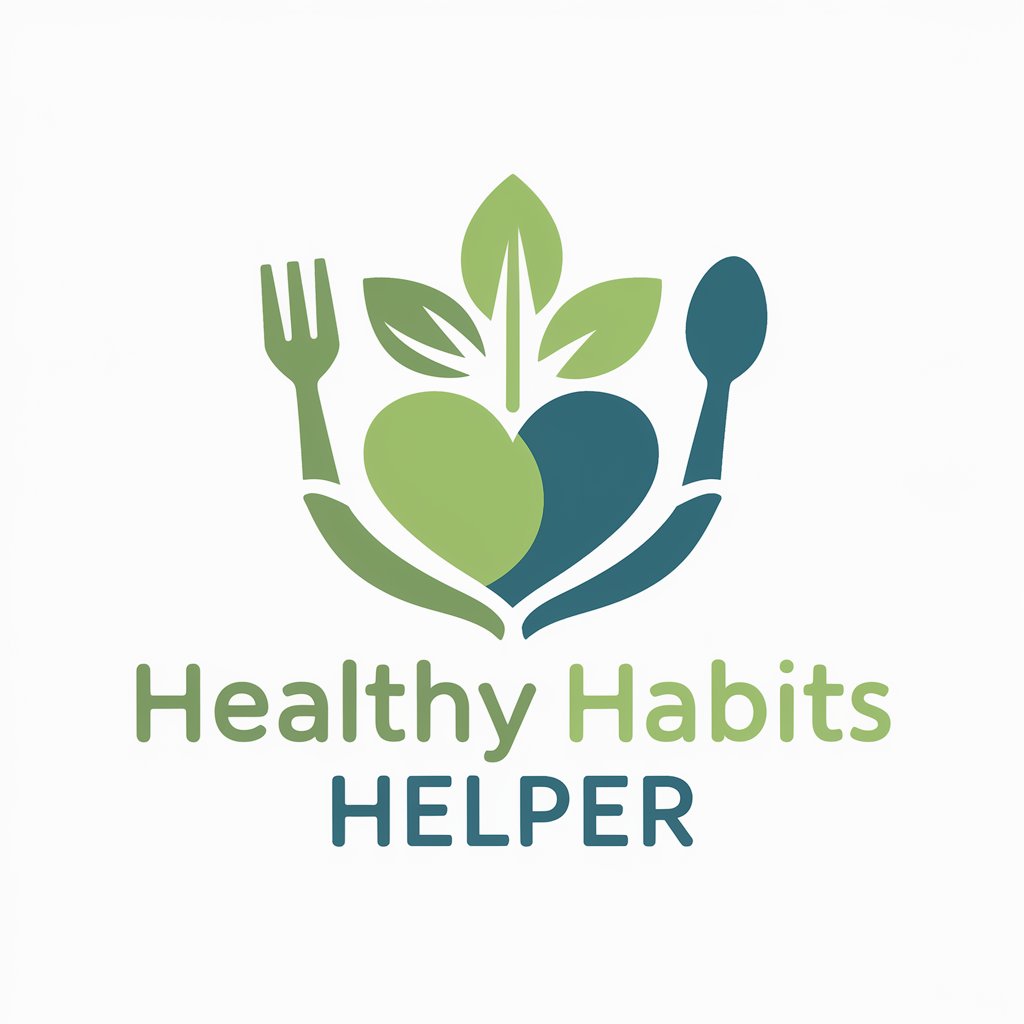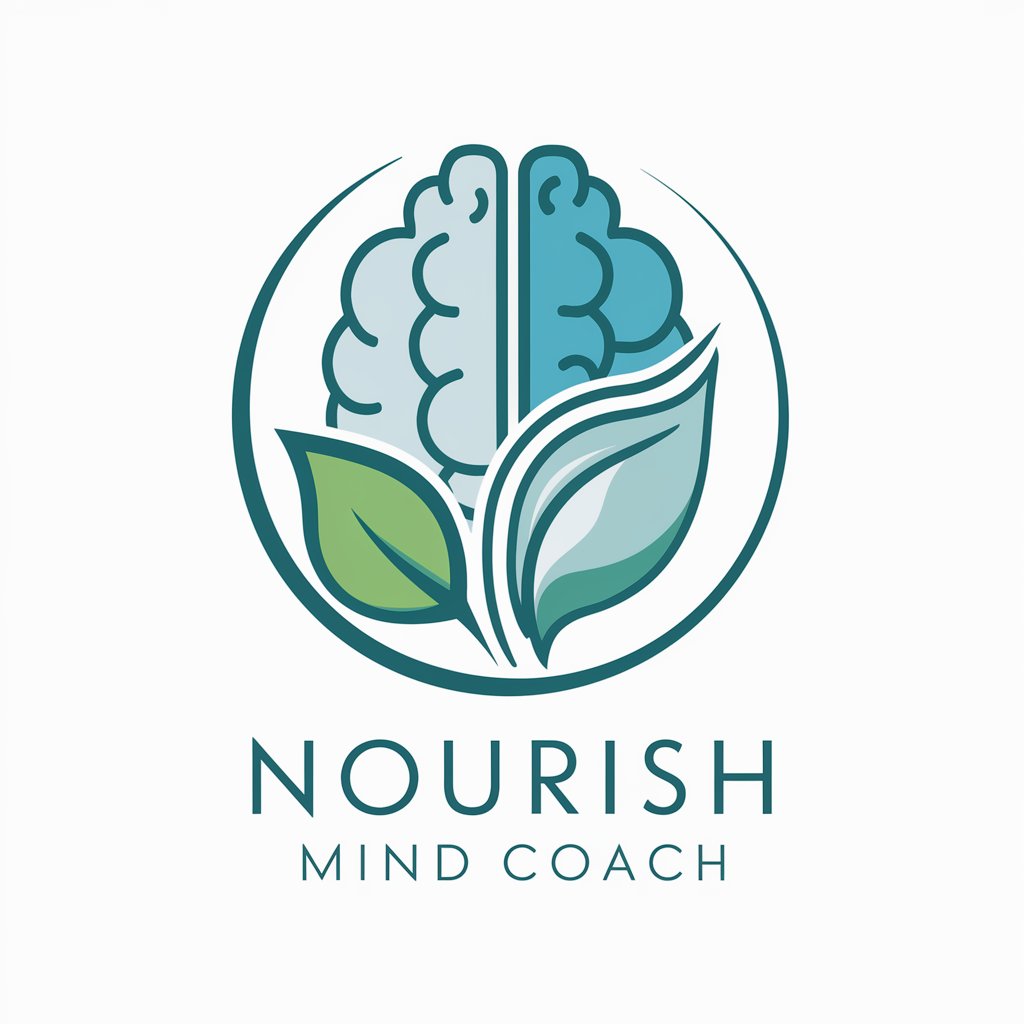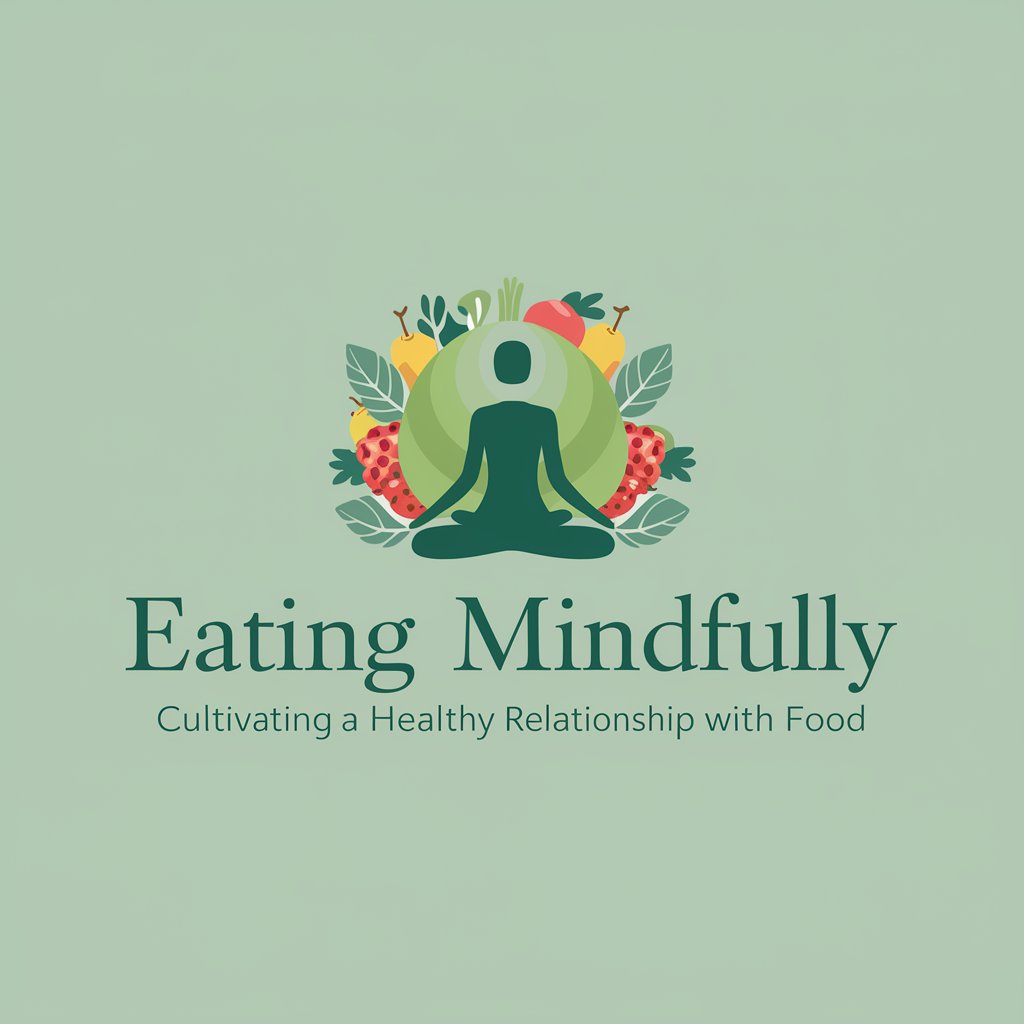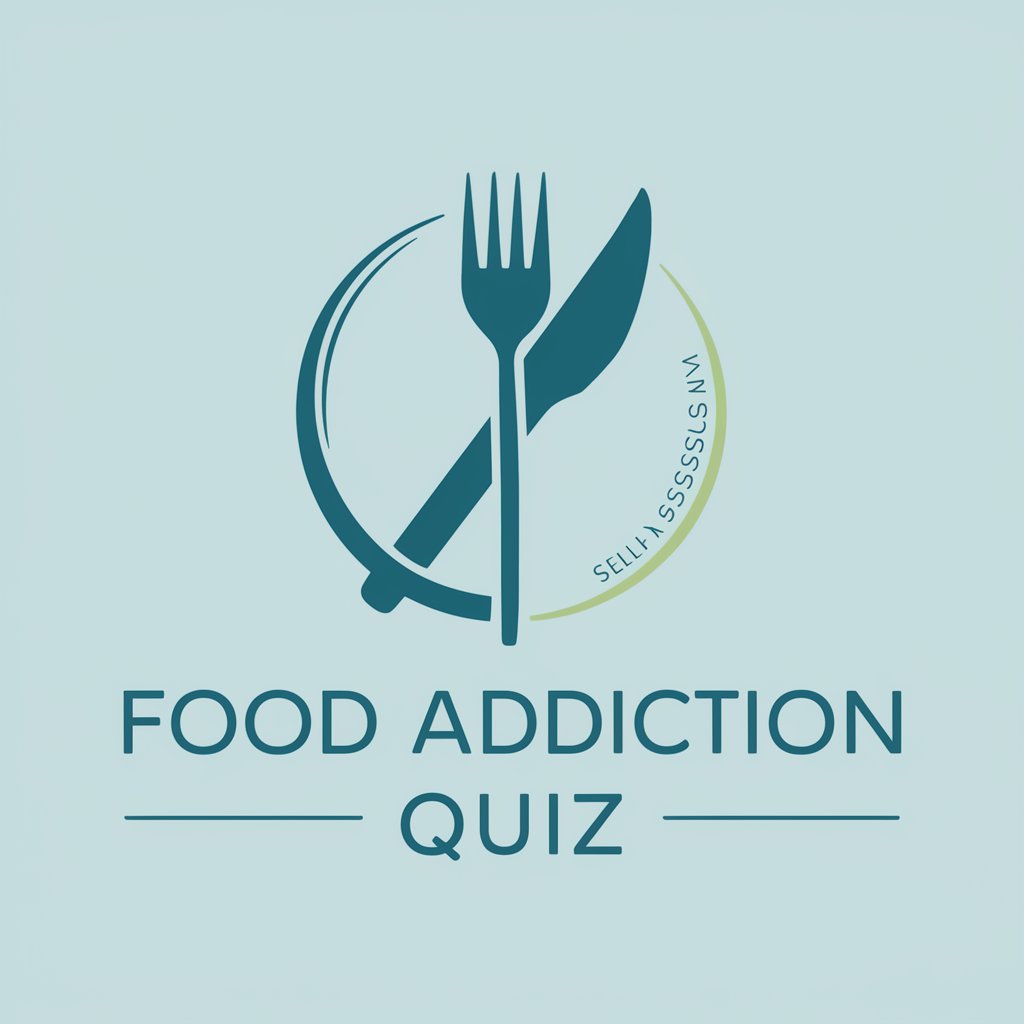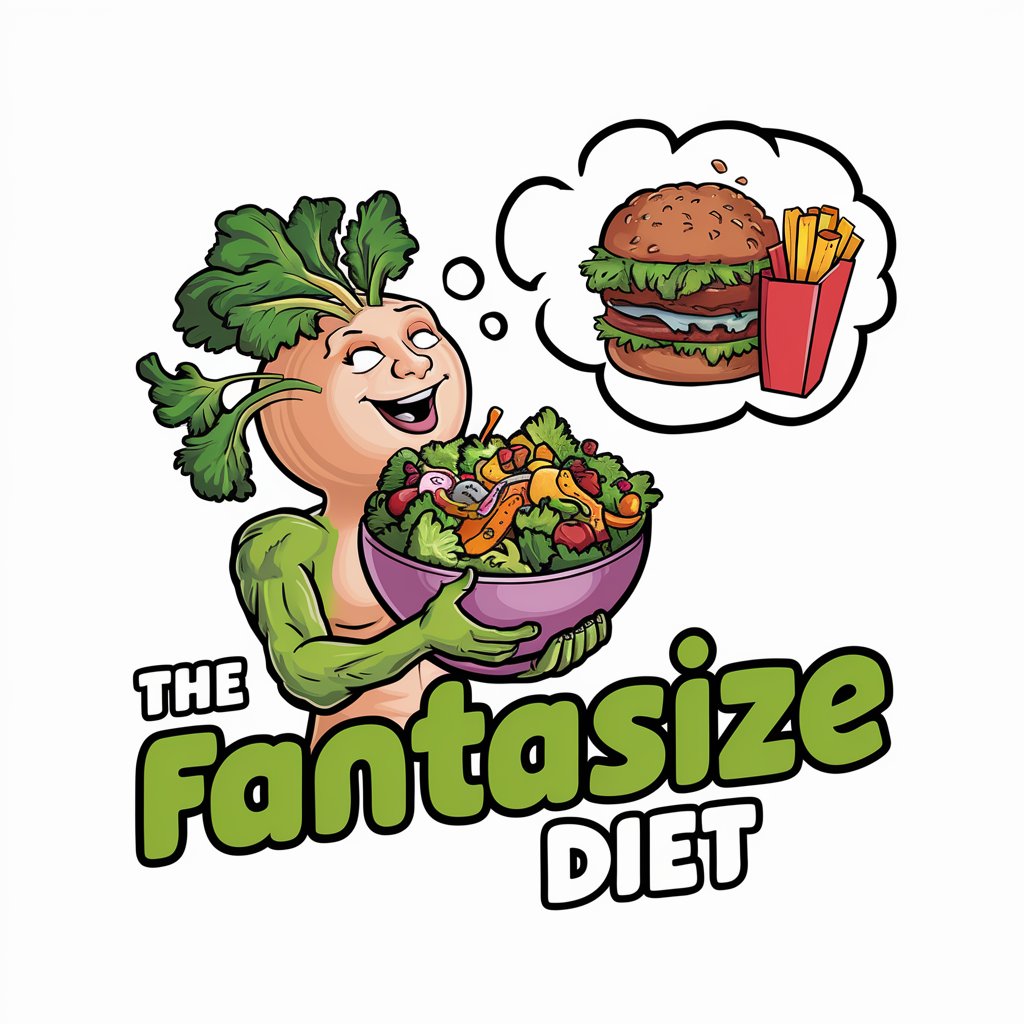
Eating Disorders - Eating Disorder Support Tool
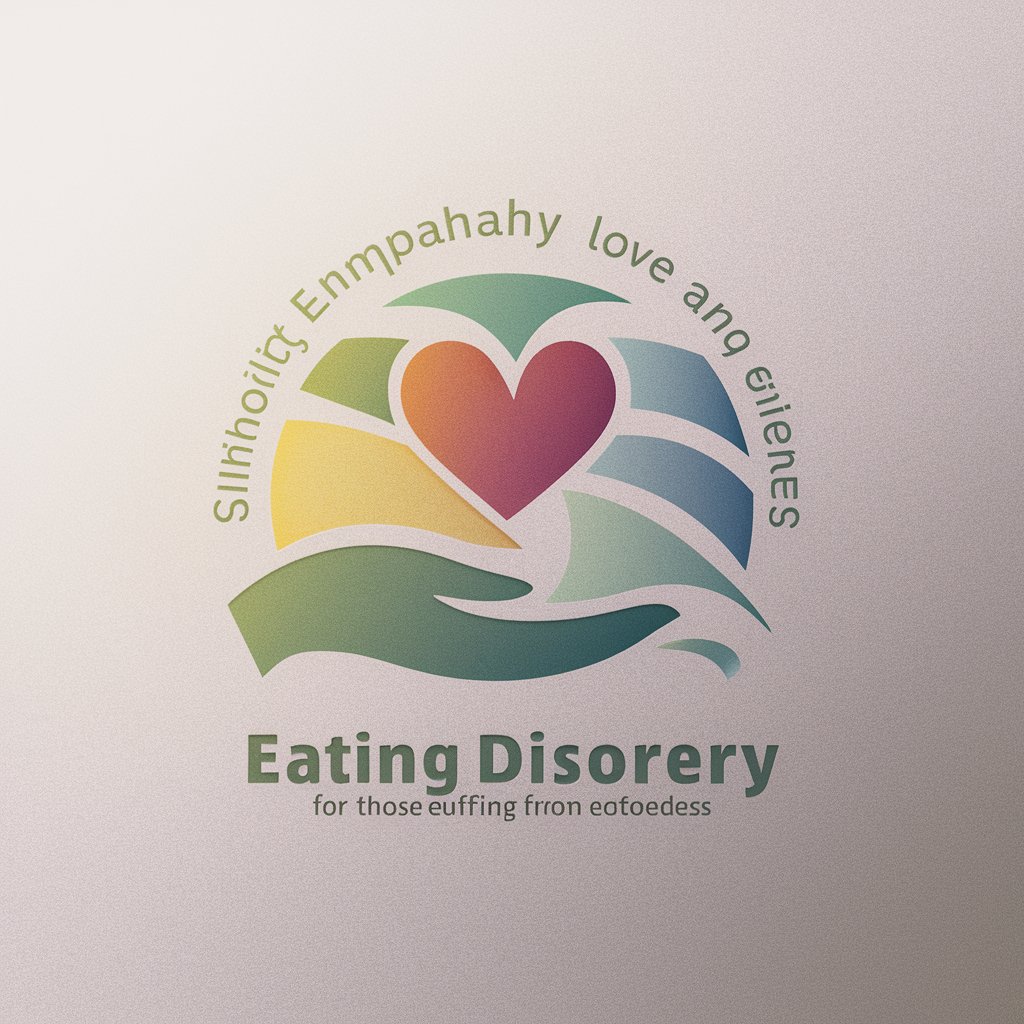
Welcome! I'm here to help you with information and support regarding eating disorders.
Empowering recovery through AI
Can you explain the different types of eating disorders?
What are some effective recovery strategies for anorexia?
How can families support a loved one with bulimia?
What resources are available for those suffering from binge eating disorder?
Get Embed Code
Understanding Eating Disorders GPT
Eating Disorders GPT is designed as a specialized conversational AI, aimed at providing comprehensive information, support, and guidance on the spectrum of eating disorders. This includes, but is not limited to, anorexia nervosa, bulimia nervosa, binge eating disorder, and avoidant/restrictive food intake disorder (ARFID). Its creation stems from the necessity to offer accessible, informed, and empathetic support for individuals affected by these complex mental health conditions. Through its design, it aims to educate, raise awareness, and direct users towards professional help by offering insights into symptoms, recovery strategies, and available resources. An example scenario illustrating its function could involve providing detailed guidance on recognizing early signs of an eating disorder, followed by advice on seeking professional evaluation, thereby bridging the gap between suffering in silence and taking the first steps towards recovery. Powered by ChatGPT-4o。

Core Functions of Eating Disorders GPT
Information Provision
Example
Describing the clinical criteria for various eating disorders, their physical, psychological, and behavioral signs.
Scenario
A user unsure about the differences between anorexia and bulimia receives a detailed comparison, aiding in self-awareness and the decision to seek professional advice.
Support and Guidance
Example
Offering coping strategies for managing urges to engage in harmful eating behaviors.
Scenario
Providing a list of mindfulness exercises and healthy distraction techniques to a user struggling with binge eating episodes.
Resource Direction
Example
Listing specialized treatment centers, support groups, and online platforms for eating disorder recovery.
Scenario
A family member of someone with an eating disorder is guided towards local and online support communities, enhancing their ability to provide meaningful support.
Target User Groups for Eating Disorders Services
Individuals Experiencing Eating Disorders
This includes anyone who is currently suffering from or suspects they might have an eating disorder. They benefit from accessing information that can help in understanding their condition, finding strategies to cope, and navigating the path to professional help.
Family and Friends
Loved ones of those affected by eating disorders can use the services to gain insights on how to support someone with an eating disorder, understand what they are going through, and learn about the resources and treatment options available.
Educators and Healthcare Providers
Professionals can utilize the platform as a resource for staying informed about the latest in eating disorder treatments, research findings, and for educating others, thereby playing a critical role in early identification and support.

How to Use Eating Disorders GPT
Initiate the Experience
Start by visiting yeschat.ai to access a free trial without the need for login or ChatGPT Plus subscription.
Identify Your Needs
Consider what information or support you are seeking regarding eating disorders, whether it's understanding symptoms, finding recovery strategies, or seeking resources.
Engage with the GPT
Use specific, clear questions to engage with the GPT, which is designed to provide detailed information on various aspects of eating disorders.
Utilize Resources
Take advantage of the resources and recommendations provided by the GPT, including links to professional help and educational material.
Maintain Respectful Interaction
Remember to interact in a manner that is respectful and considerate of individuals affected by eating disorders.
Try other advanced and practical GPTs
Presentation Assistant
Transform ideas into impactful presentations
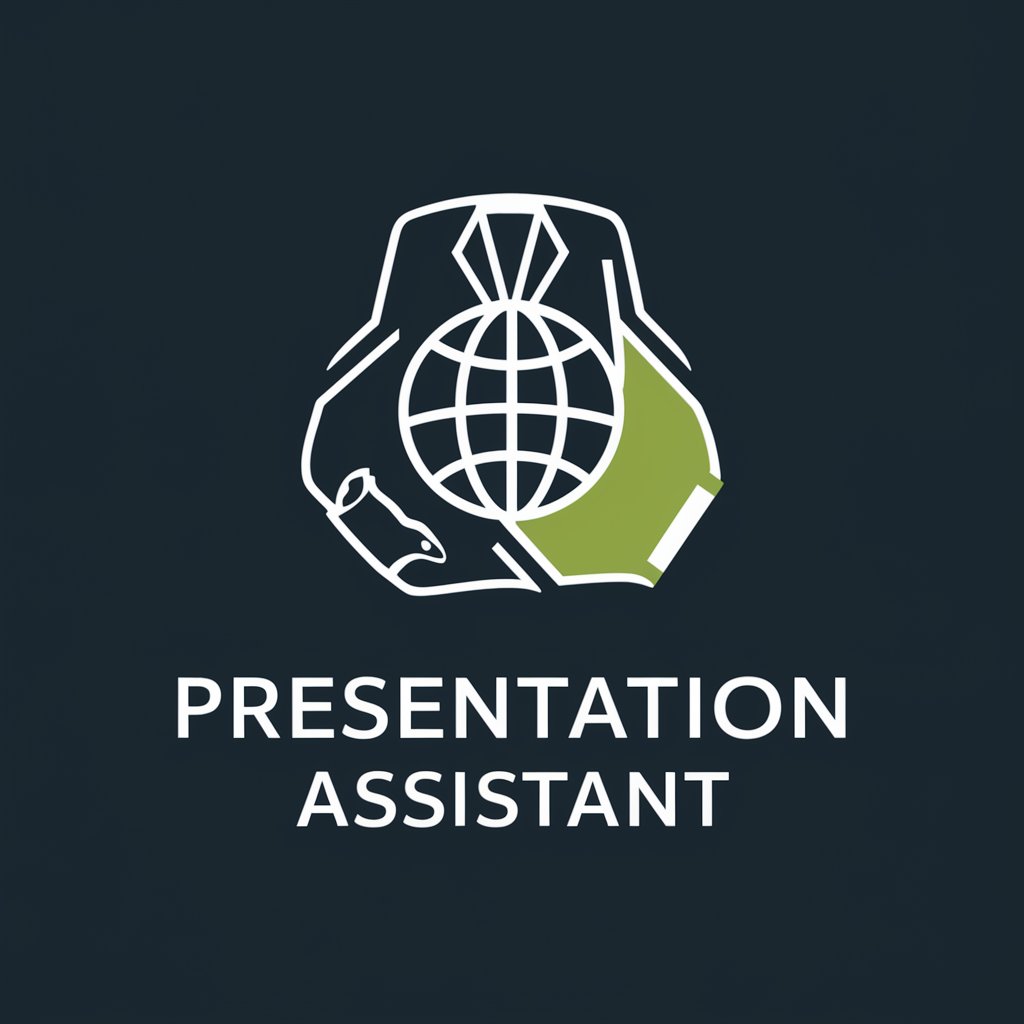
结构化Prompt工程师
Crafting Precision with AI

VibroMaster GPT
AI-powered Vibration Diagnostics
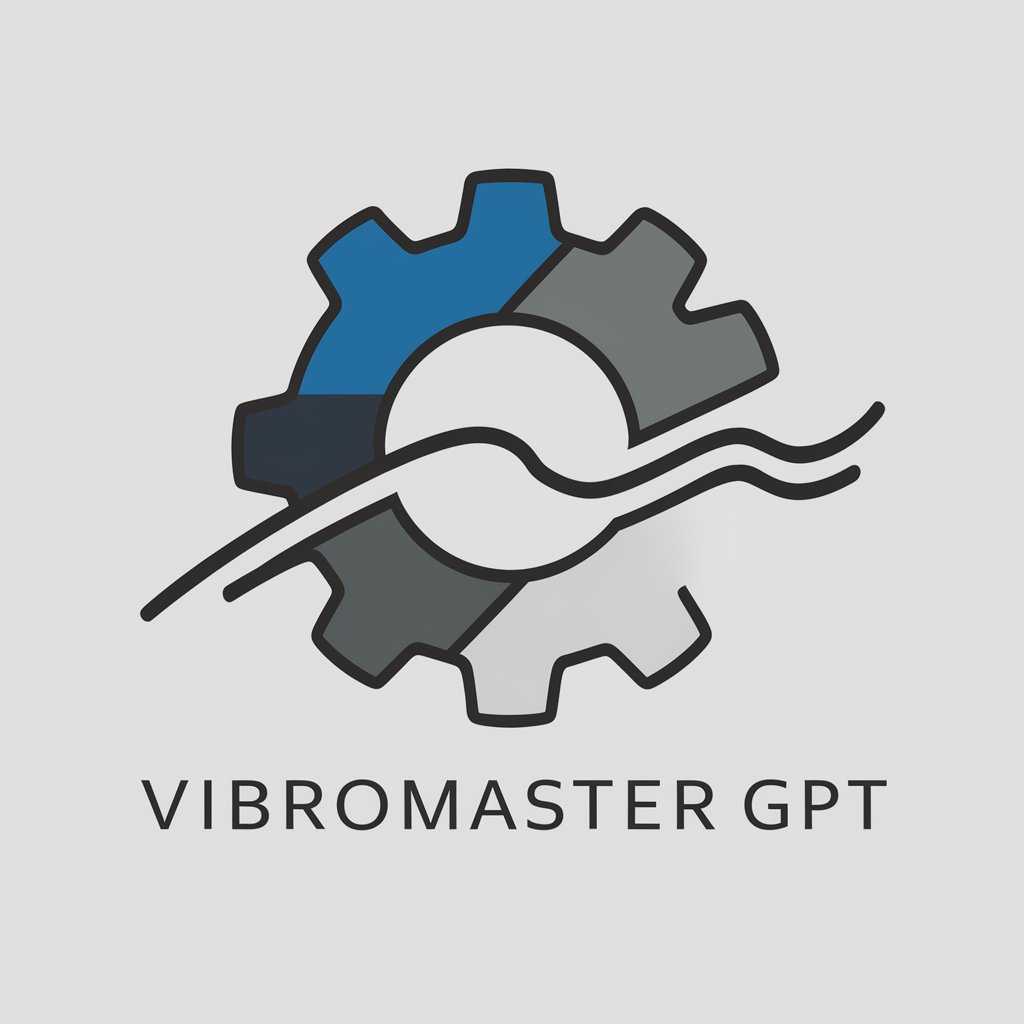
创业大师
Empowering Entrepreneurship with AI

Rea
Crafting Sweet Experiences with AI

Shows
Discover and delve into shows with AI-powered insights.
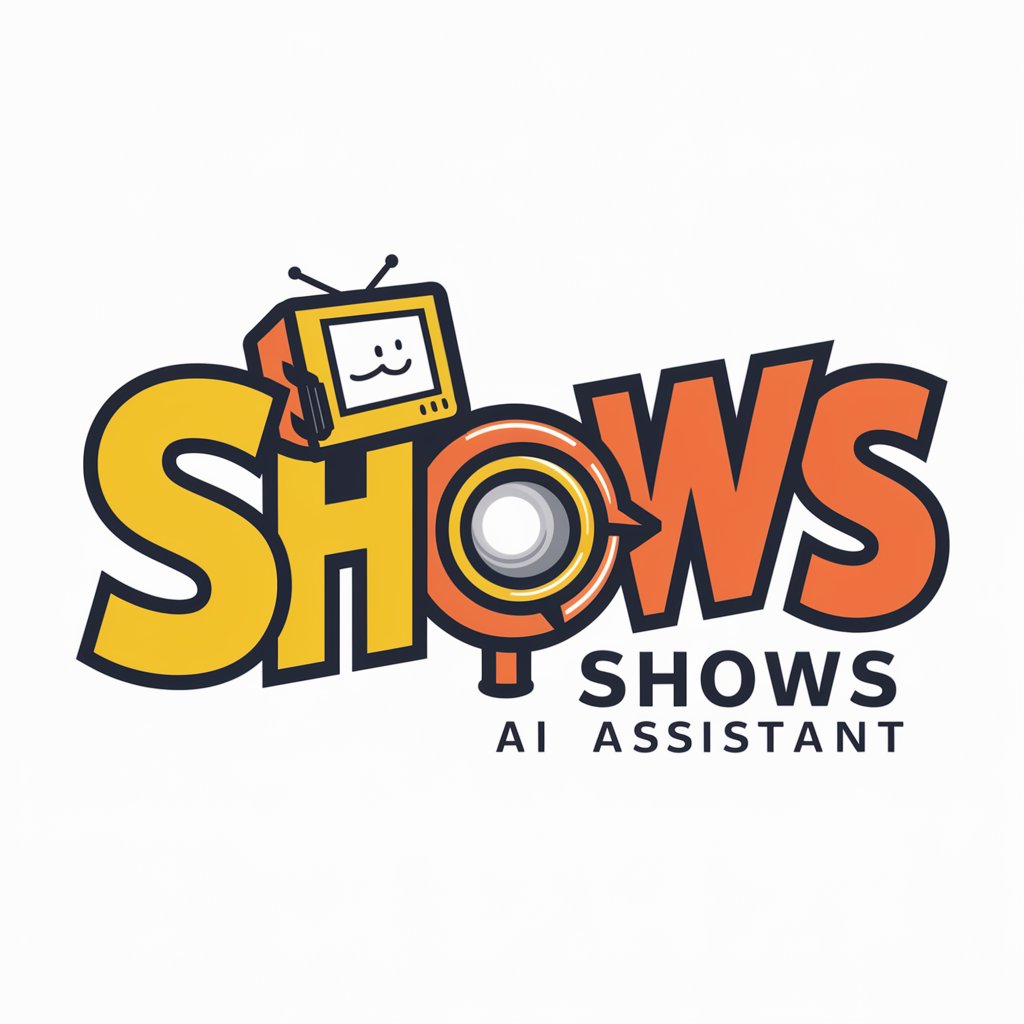
Market Marvin
Empowering your crypto journey with AI

Tim Mai: REI Tax Strategies
Maximize Your REI Tax Benefits
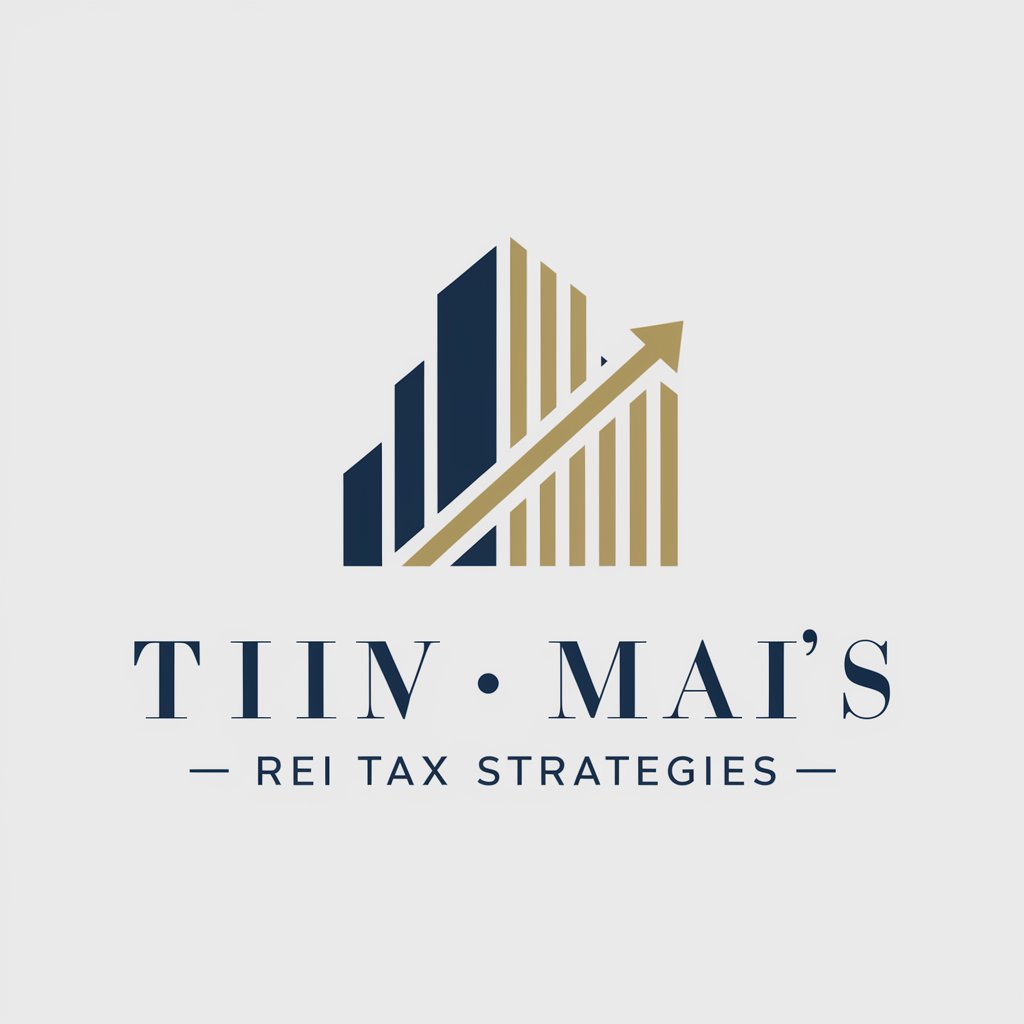
日本語議事録作成専門家
AI-powered Japanese Minutes Creation

KnowledgeBaseGPT
Elevate Your Chatbot with AI-Powered Intelligence
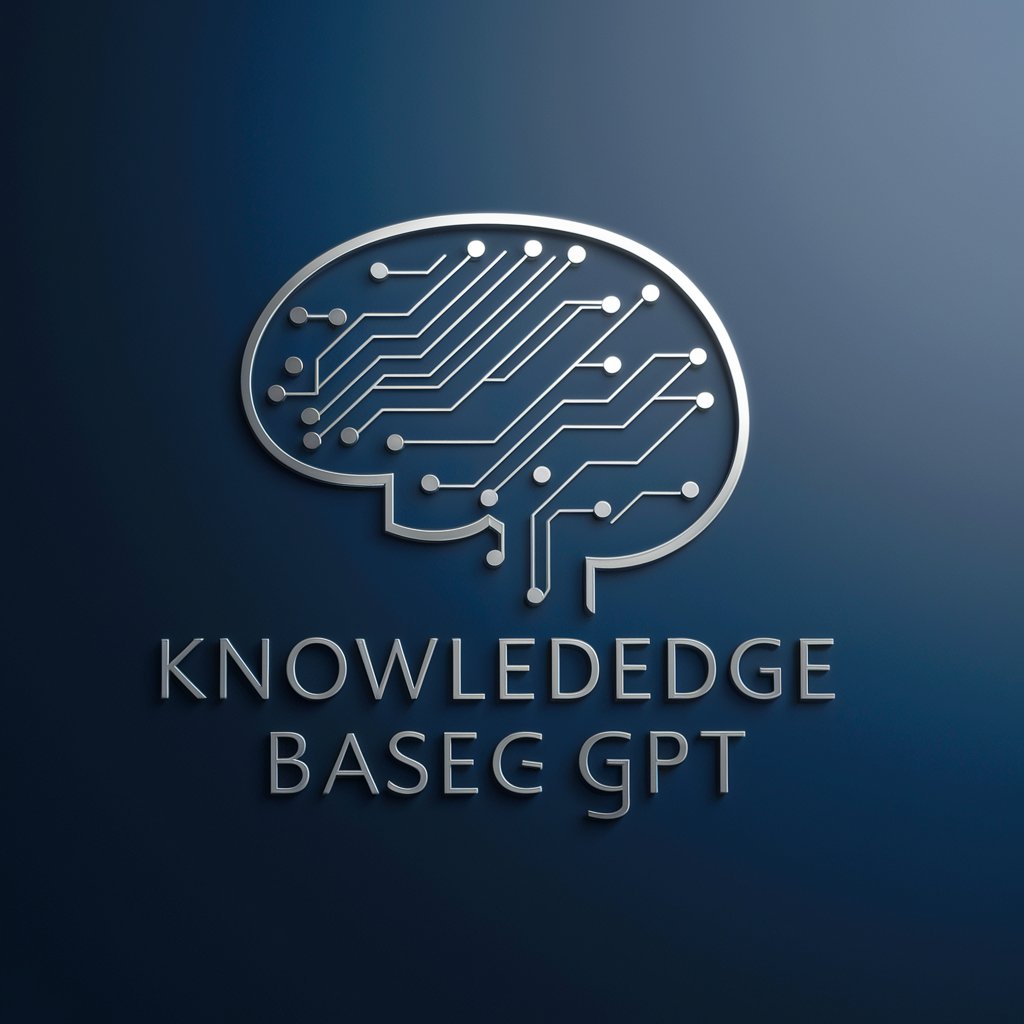
"Hvetjandi verkfræðingur"
Empowering Creativity and Innovation with AI
Water Softeners
Transforming Hard Water into Soft Bliss

Eating Disorders GPT: Detailed Q&A
What are the common types of eating disorders?
Eating disorders encompass a range of conditions characterized by abnormal or disturbed eating habits. Common types include Anorexia Nervosa, Bulimia Nervosa, Binge Eating Disorder, and Avoidant/Restrictive Food Intake Disorder (ARFID). Each has unique symptoms and impacts on health.
How can someone support a loved one with an eating disorder?
Supporting a loved one involves offering empathy, understanding, and encouragement. Educate yourself about their disorder, listen without judgment, encourage them to seek professional help, and maintain patience and compassion throughout their recovery journey.
What recovery strategies are effective for eating disorders?
Effective recovery strategies include professional counseling, nutritional therapy, medical treatment for physical health issues, support groups, and developing a healthier relationship with food and body image. A multidisciplinary approach often yields the best outcomes.
Are there any digital tools or apps recommended for managing eating disorders?
Yes, several apps and digital platforms offer support for managing eating disorders, providing resources such as meal planning, mindfulness exercises, and emotional support. However, these should complement professional treatment rather than replace it.
How does one find professional help for an eating disorder?
Finding professional help can start with a visit to a primary care physician for a referral to a specialist in eating disorders, such as a psychologist, psychiatrist, or dietitian. Additionally, online directories and national eating disorder associations can provide lists of specialized professionals and treatment centers.
